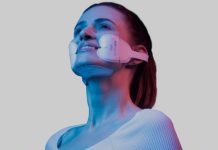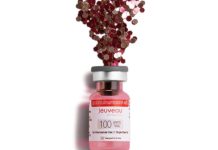The addition added an extra measure of security and confidence.
A study led by Dr E. Victor Ross investigated a 755/1064 nm laser with pigment meter guidance to optimise outcomes for the reduction of hair and benign vascular/ pigmented lesions.
“Use of a 755/1064 nm long pulse laser equipped with pigment meter guidance in the treatment of pseudofolliculitis barbae, vascular lesions, and epidermal pigmented lesions.” was published in Lasers in Surgery and Medicine (LSM), was selected as the August 2023 Editor’s Choice.
It was hypothesised that a pigment meter could help laser operators provide the very best and safest settings for their patients, by erasing overestimation and underestimation of melanin content before treatment.
Over 24 areas were treated among 20 patients. Areas included patients with leg veins, angiomas on the abdomen, lentigines on the hand, lentigos on the chest, three cases of pseudofolliculitis barbae on the neck, and nine facial treatments including pigment and telangiectasia.
With a typical laser, practitioners choose settings guided by their eyeball and possibly an application-driven menu guided by skin phototype. With the introduction of a pigment meter, the operator can choose settings in a more predictable and reliable fashion.
It was noted in the survey that when the skin was tanned, for example, a typical skin type II patient, the MI increased from roughly 14 to about 22. This pigment change resulted in a proportional reduction in suggested settings, particularly with the alexandrite laser, to avoid excessive crusting of background normal skin.
A patient satisfaction survey near the clinical findings showed overall improvement was approximately 70%. The study concluded that a 1064/755 nm long pulse laser complete with integrated fluence guidance via melanin density proved effective in treating leg telangiectasia, facial telangiectasia, pseudofolliculitis barbae, and reduction of brown dyschromia.
“The work was important to give laser providers information about new exciting tools to guide them in treatment, as far as safety and efficacy,” said Ross.






